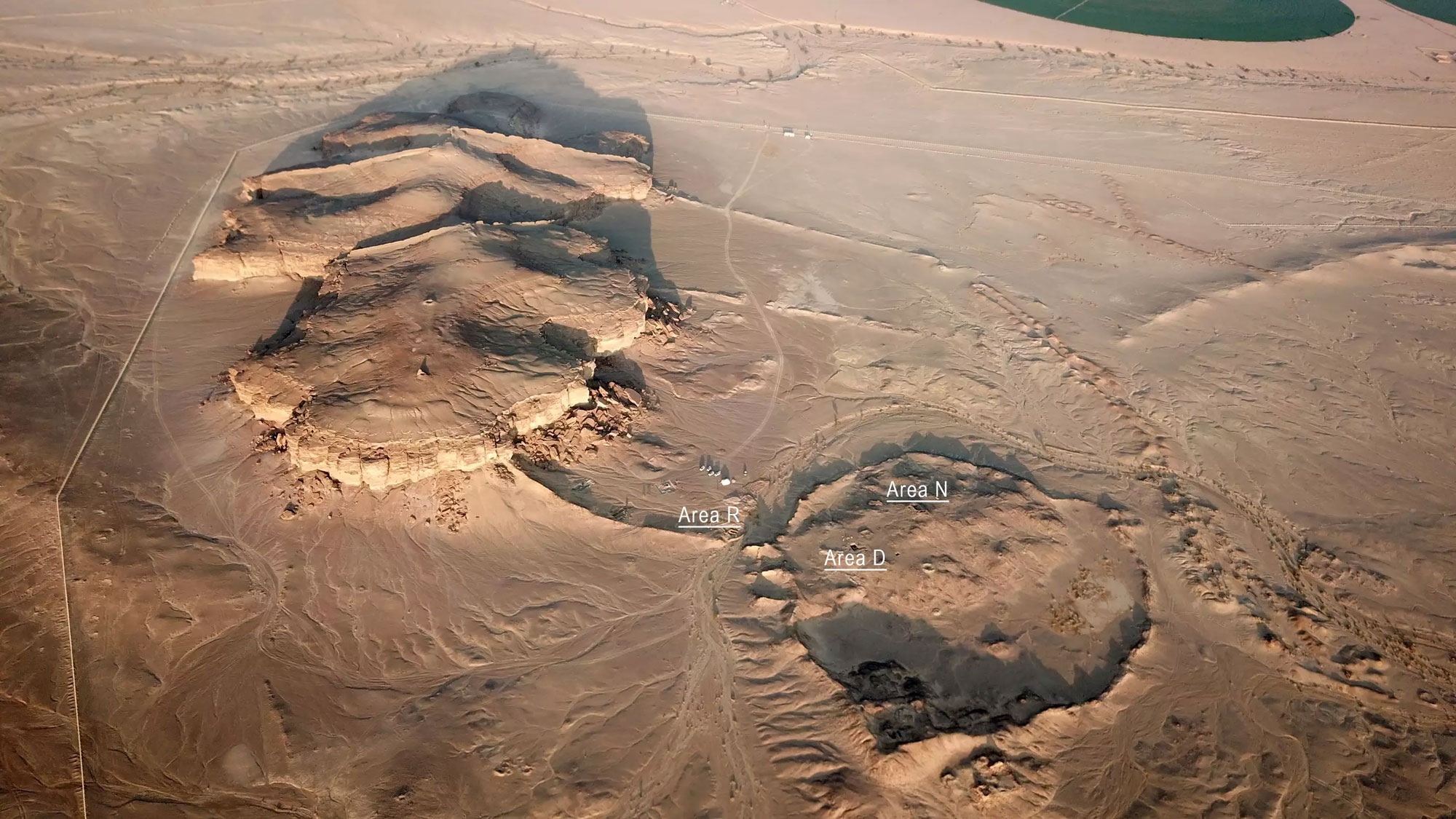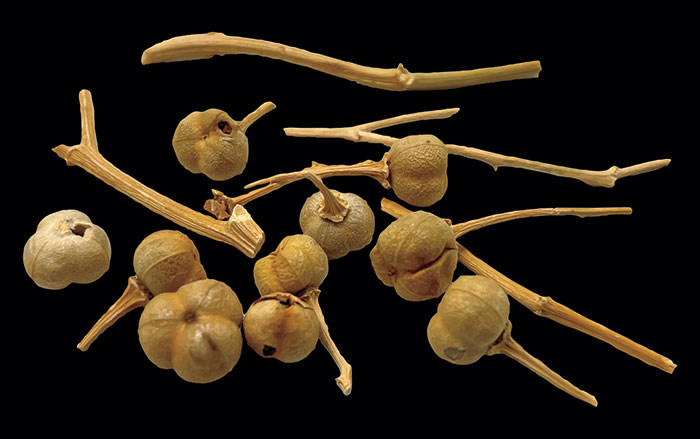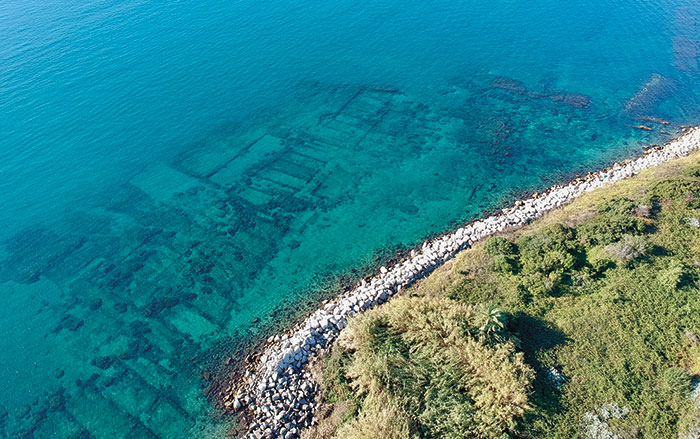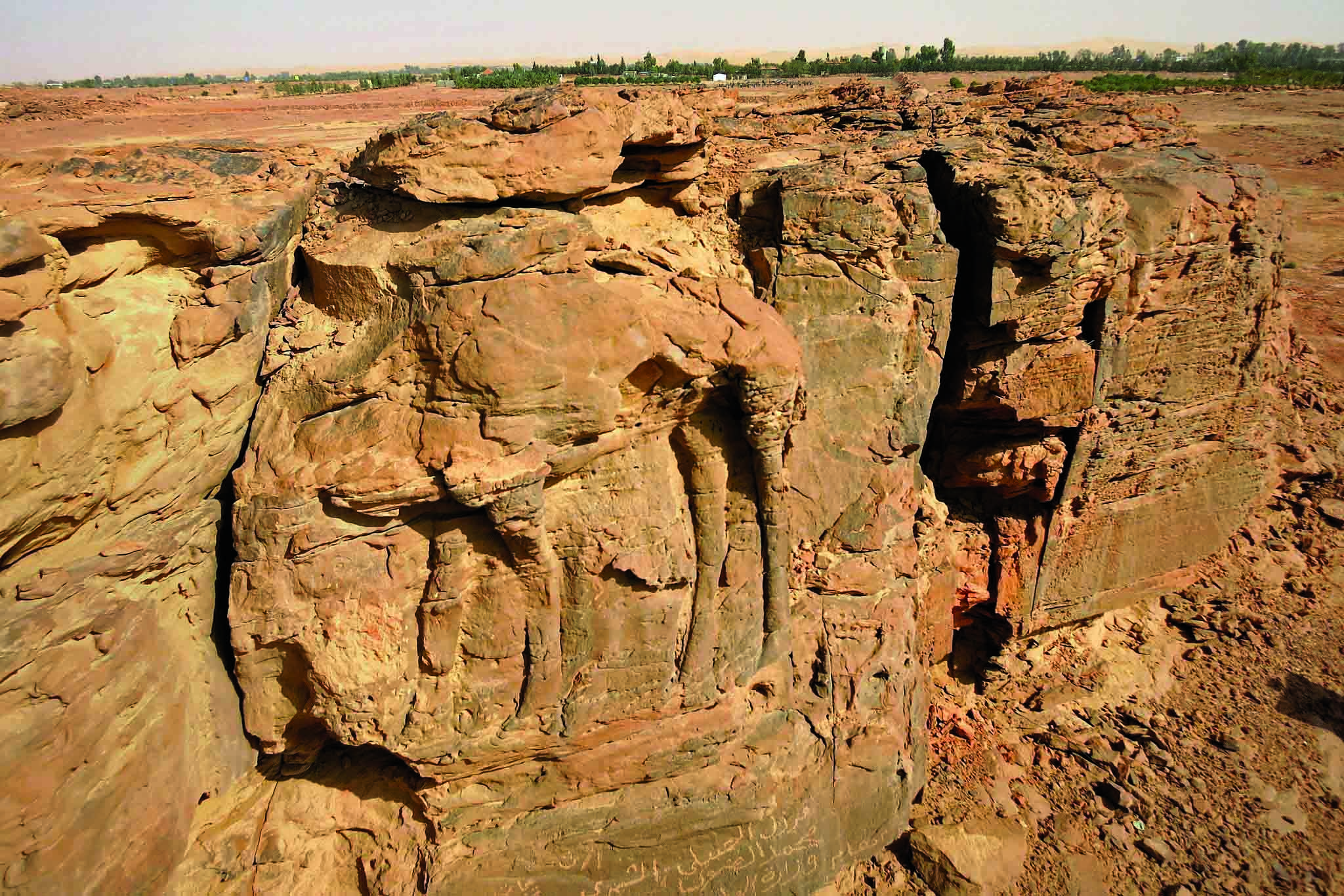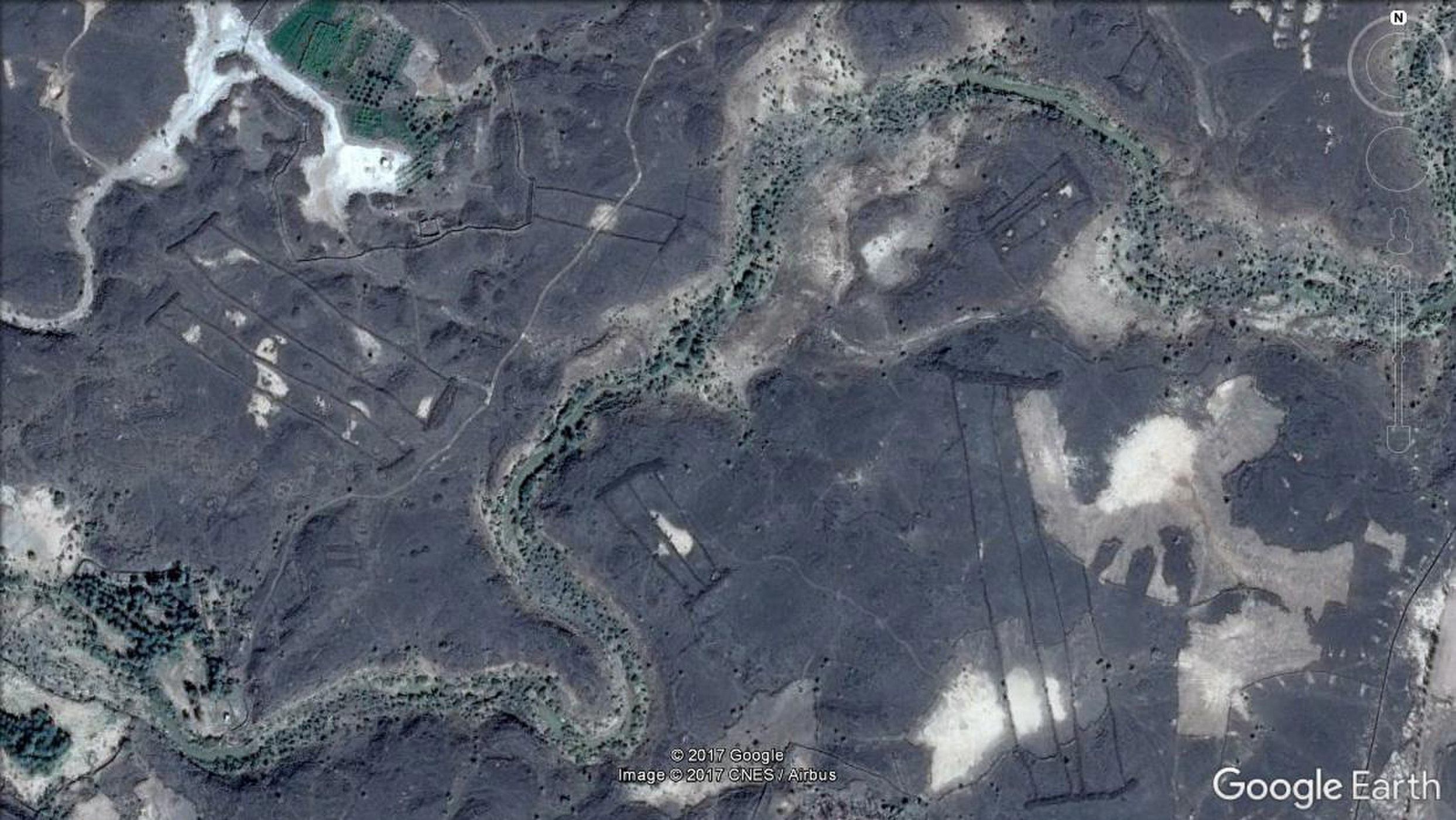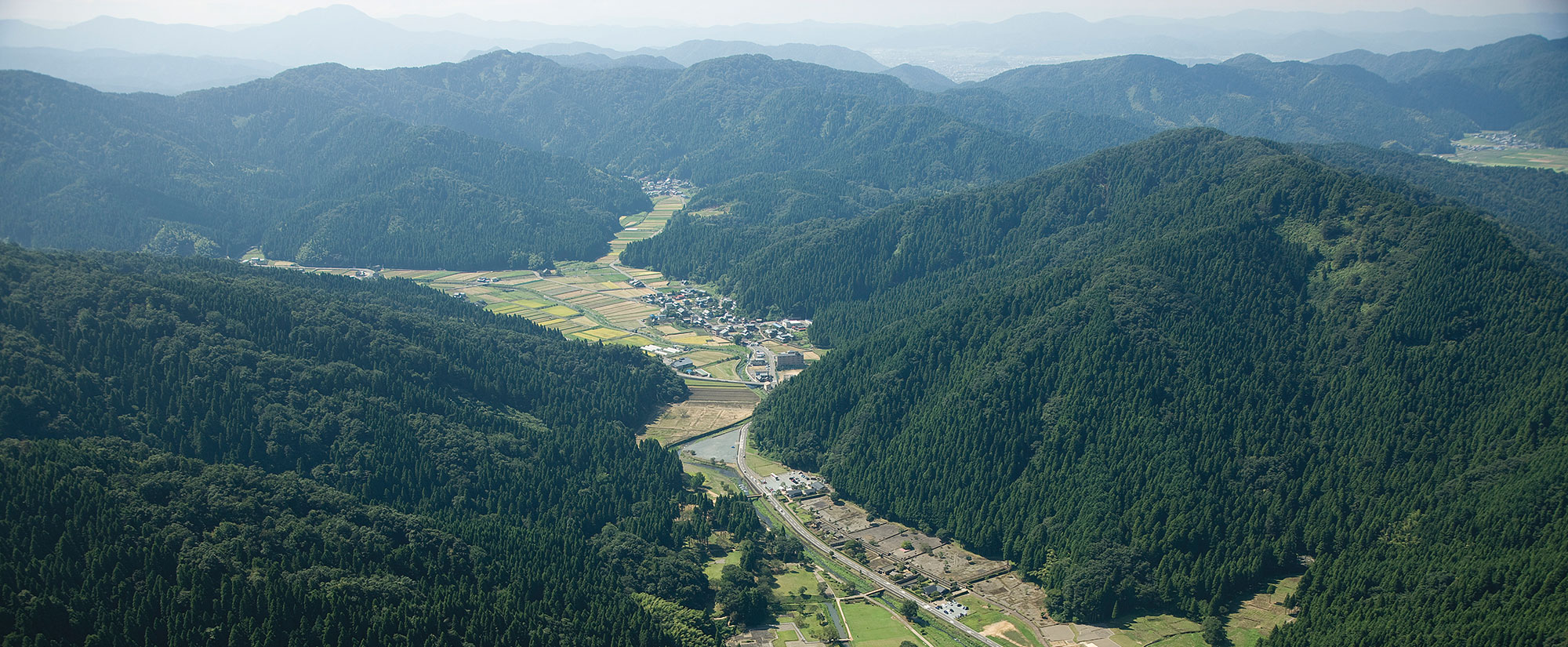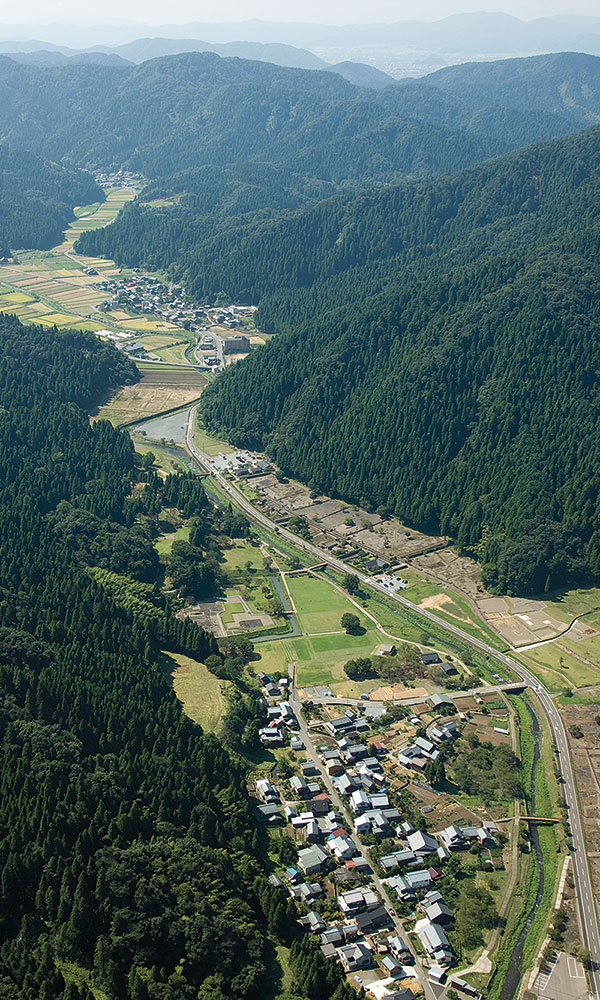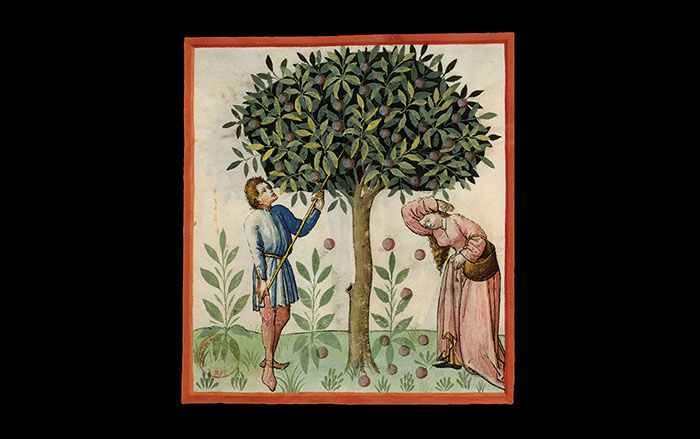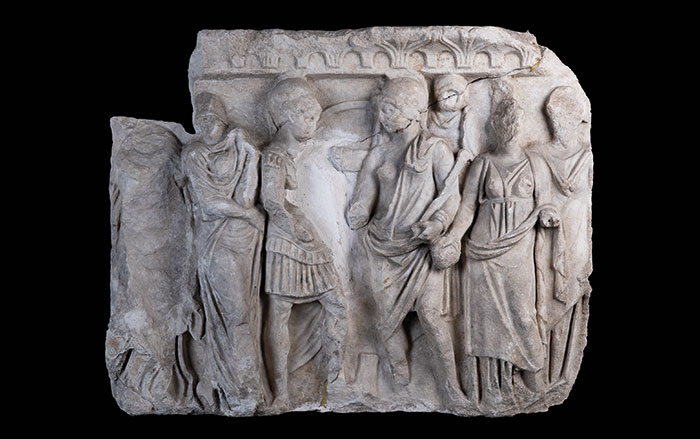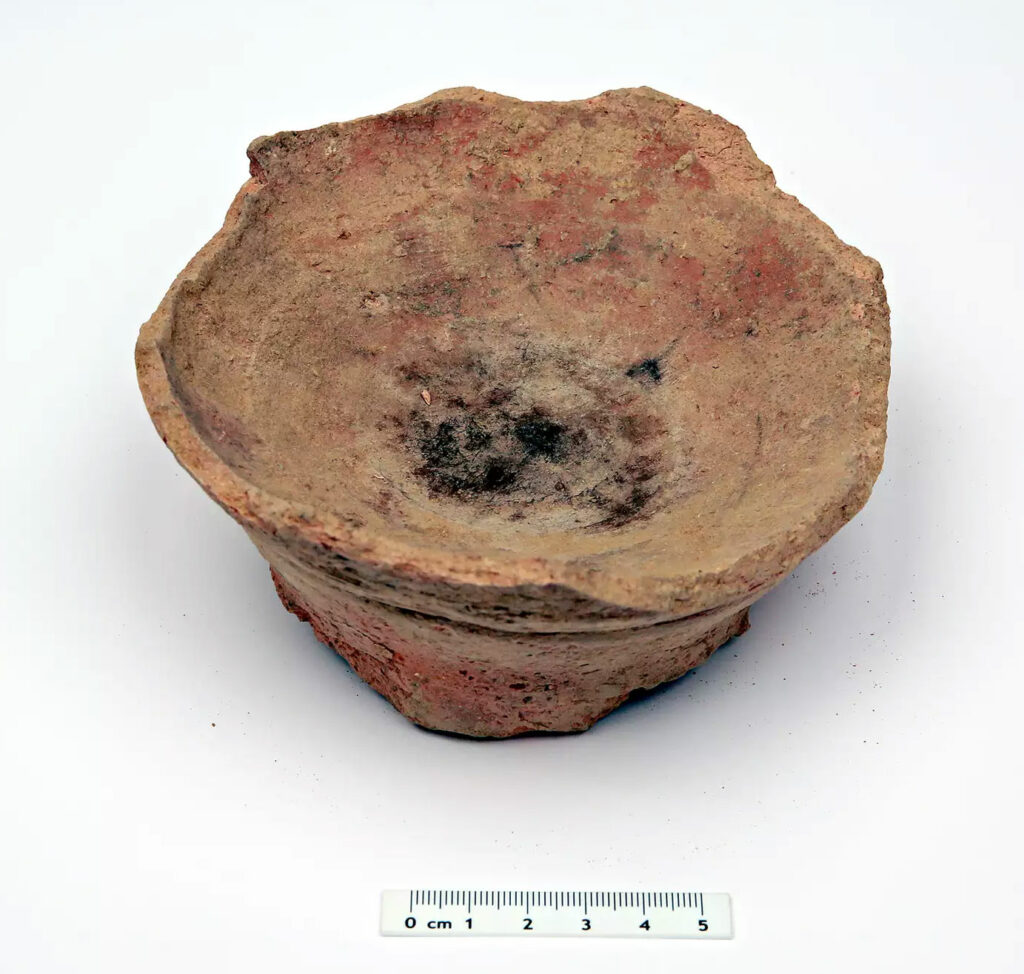
QURAYYAH, SAUDI ARABIA—The plant species Peganum harmala, also known as Syrian rue or harmal, is known worldwide for its psychoactive, antibacterial, and therapeutic properties. It has also played a significant cultural role in traditional medicine for centuries. According to a statement released by the Max Planck Institute of Geoanthropology, humans' deliberate usage of the plant goes back much further than originally thought. In a recent study, researchers used advanced metabolic profiling to analyze residues on pottery found at the desert oasis site of Qurayyah in northwestern Saudi Arabia. The team found trace amounts of harmal on various ceramic fumigation devices found in residential contexts, indicating that the Iron Age community living there 2,700 years ago was well aware of its beneficial properties. The researchers do not believe that the plant was being inhaled for its psychoactive properties but instead for its medicinal, sanitary, or practical effects. It may have been burned for air purification, disinfection, or pest control, which seems relevant in domestic oasis environments. Additionally, it may have been used to alleviate various physical ailments. “This discovery shows the deep historical roots of traditional healing and fumigation practices in Arabia,” said Ahmed M. Abualhassan of the Heritage Commission of the Saudi Ministry of Culture. “We’re preserving not only objects, but the intangible cultural heritage of ancient knowledge that still holds relevance in local communities today.” Read the original scholarly article about this research in Communications Biology. To read about a 7,500-year-old stone platform discovered near the oasis site of Dumat al-Jandal, go to "Around the World: Saudi Arabia."


